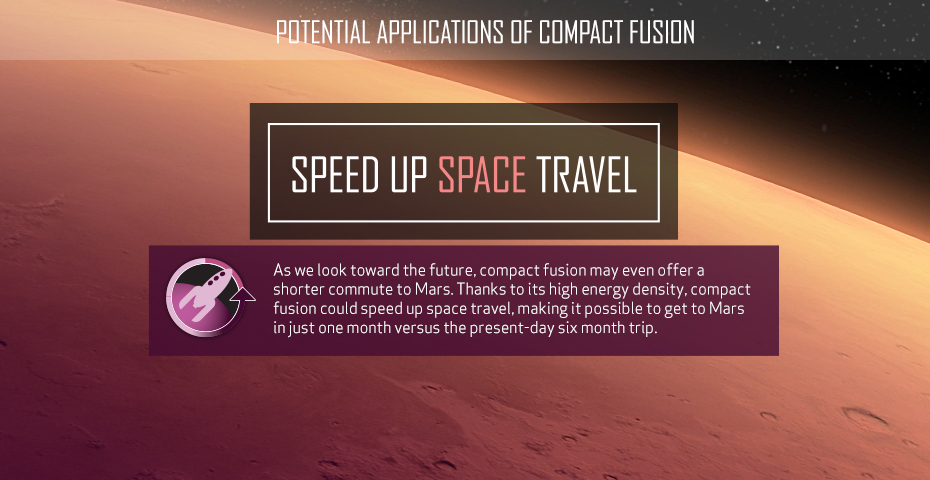Lockheed Martin Release New Details About Compact Fusion Reactor
- Ken Ecott
- Jul 9, 2017
- 4 min read

The trail to fusion energy had seemed to have long gone cold — stone cold, and not cold as in cold fusion. Despite the promise of fusion providing a sustainable and safe energy source, fusion reactors are not a dime a dozen and they won’t be replacing coal fired power plants any time soon. Or will they? Back in 2014 Lockheed-Martin Skunk Works announced a prototype compact fusion reactor that could be ready within five years. This revelation raised eyebrows and sparked moments of enthusiasm among the NSN team. Since then we have held our breath with anticipation for more developments.
For every Skunk Works project that has made the runway such as the Stealth Fighter or SR-71 Blackbird, there are untold others that never see the light of day. This adds to the surprise and mystery of Lockheed-Martin’s willingness to release images and a detailed narrative describing a compact fusion reactor project. The impact that such a device would have on humanity can be imagined … and at the same time one imagines how much is unimaginable.
The program manager of the Skunk Works’ compact fusion reactor experiment is Tom Maguire. Maguire and his team places emphasis on the turn-around time for modifying and testing the compact fusion device. With the confidence they are expressing in their design and the ability to quickly build, test and modify, they are claiming only five years will be needed to reach a prototype.
There is updated technical information on the Lockheed compact fusion reactor project. It was originally believed that the compact reactor would fit on a large truck. It looked like it might weigh 20 tons. After more engineering and scientific research, the new design requires about 2000 ton reactor that is 7 meters in diameter and 18 meters long. This would be about one third the length of a Dolphin diesel submarine and it would be slightly wider and taller. It would be similar in size to a A5W submarine nuclear fission reactor. We would not know for sure because the A5W size is classified but based on the the size and likely configuration of a nuclear submarine this size estimate is likely.
They have performed simulations. In simulations, plasma confinement is achieved in magnetic wells with self – produced sharp magnetic field boundaries.
• Design closes for 200 MW th reactor, 18 meters long by 7 meters diameter device assuming hybrid gyro – radii sheath and cusp widths and good coil support magnetic shielding. • Neutral beam heats plasma to ignited state. • The dominant losses are ion losses through the ring cusps into stalks and axially through the mirror confined sheath. • Good global curvature gives interchange stability
Lockheed believes they can get better confinement at the cusps than the EMC2 polywell reactor.
Dr Matthew J Moynihan, a self-proclaimed 'Nuclear Fusion Evangelist' from Houston has released technical specifications on Lockheed's fusion reactor project.

Lockheed believes a design with 15 Tesla superconducting magnets could be reduced in size to 200 tons.
Technical results presented on the T4 experiment in 2015 showed a cold, partially ionized plasma with the following parameters: peak electron temperature of 20 Electron volts, 1E16 m−3 electron density, less than 1% ionization fraction and 3 kW of input power. No confinement or fusion reaction rates were presented.
Two theoretical reactor concepts were presented by Tom McGuire in 2015. An ideal configuration weighing 200 metric tons with 1 meter of cryogenic radiation shielding and 15 Tesla Magnets. A conservative configuration weighing 2,000 metric tons, 2 meters of cryogenic radiation shielding, and 5 Tesla magnets was also presented.
It remains to be seen who, what and when a viable fusion reactor will be demonstrated. With Lockheed-Martin’s latest announcement, once again, fusion energy is “just around the corner.” But many skeptics remain who will quickly state that commercial fusion energy remains 50 years in the future. So long as Maguire’s team meets milestones with expected performance improvements, their work will go on. The potential of fusion energy remains too great to dismiss categorically.
Will Fusion Turn Earth in to a Paradise
No, fusion alone will not bring paradise to Earth, but of all of the technologies that are within our reach, fusion is the only one with the promise to take us a long way toward this goal. Are these the thoughts of some ranting lunatics? Not in the slightest; these are the considered thoughts of some of the brightest physicists of our time.
How Does Fusion Power Work
Fusion involves placing hydrogen atoms under high heat and pressure until they fuse into helium atoms.
When deuterium and tritium nuclei - which can be found in hydrogen - fuse, they form a helium nucleus, a neutron and a lot of energy.
This is done by heating the fuel to temperatures in excess of 150 million°C, forming a hot plasma.
Strong magnetic fields are used to keep the plasma away from the walls so that it doesn't cool down and lose its energy potential.
These are produced by superconducting coils surrounding the vessel, and by an electrical current driven through the plasma.
For energy production, plasma has to be confined for a sufficiently long period for fusion to occur.

A reactor small enough to fit on a truck could provide enough power for a small city of up to 100,000 people
Building on more than 60 years of fusion research, the Lockheed Martin Skunk Works approach to compact fusion is a high beta concept. This concept uses a high fraction of the magnetic field pressure, or all of its potential, so we can make our devices 10 times smaller than previous concepts. That means we can replace a device that must be housed in a large building with one that can fit on the back of a truck.
Source: Lockheed Martin



















Comments